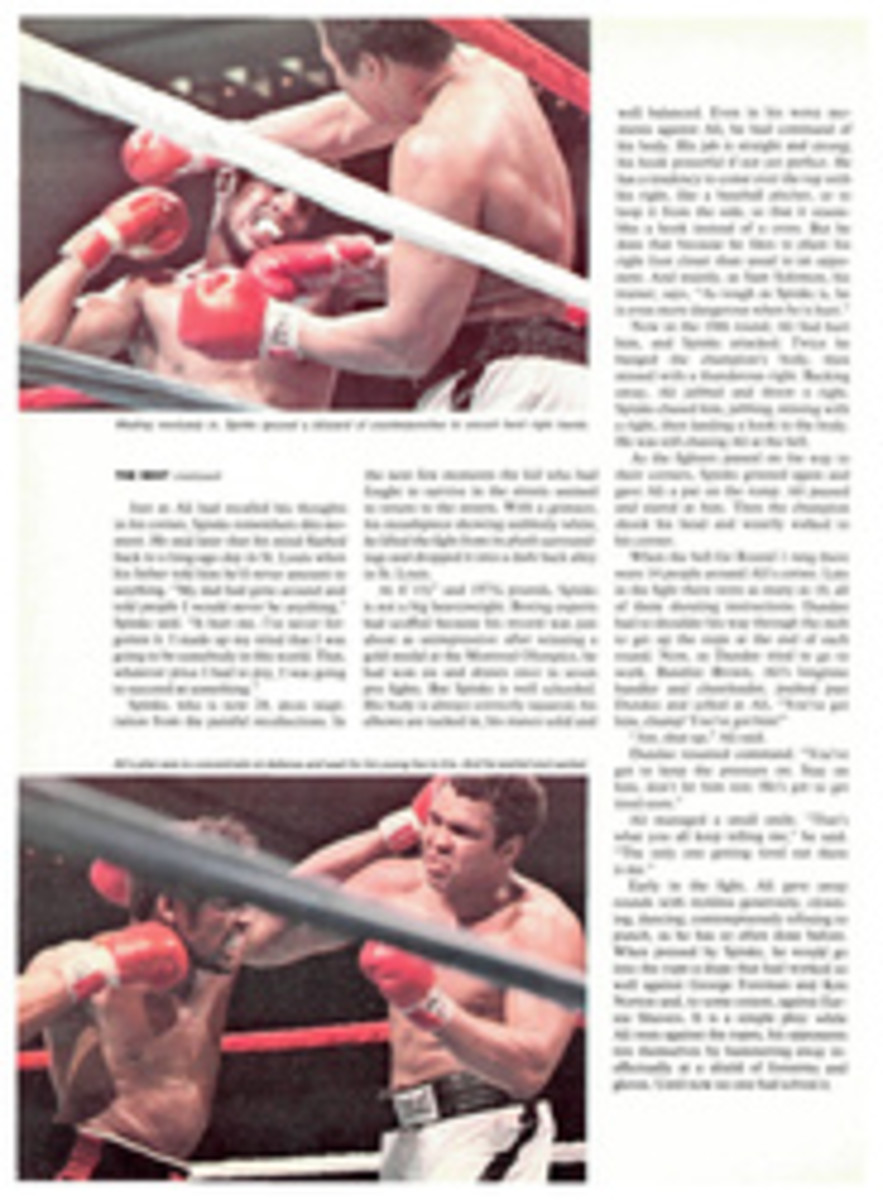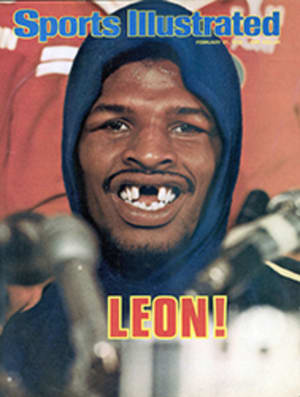
MEANWHILE, BACK AT THE RANCH
Walter Byers, the only executive director the National Collegiate Athletic Association has ever had, fits snugly into his niche in the power structure of American sports along with men like Pete Rozelle and Bowie Kuhn. Yet by design he is far less visible than either. At the NCAA's biggest championship event, the major-college basketball tournament finals, television cameras do not focus on Byers as they do on Kuhn in his box at the World Series and Rozelle in the locker room of the winning team after a Super Bowl game. Nor is Byers a sports fan in the sense Rozelle and Kuhn are. The final rounds of the basketball championship are the only major NCAA athletic events that Byers regularly attends. He sees perhaps two or three college football games a season.
On weekends, instead of heading for a college stadium or field house, Byers is far more likely to drive some 100 miles west of his Shawnee Mission, Kans. office to his 3,600-acre ranch north of Saint Marys, Kans. The ranch is situated on the edge of the quietly beautiful Flint Hills, one of the last areas of true prairieland left in America. Afoot or astride a horse, Byers happily works with his ranch hands, caring for 400 head of Hereford cattle and 200 yearling steers.
As the NCAA has been beset by more and more complicated and nagging legal problems, Byers has found his ranch to be a refuge from disputes about the NCAA's enforcement procedures, its relationship with the Amateur Athletic Union and the U.S. Olympic Committee, and from problems arising from implementation of federal regulations requiring equal opportunities and facilities in college athletics for men and women.
Byers' detractors often call him dictatorial, power mad and arrogant, and when he assumes what they regard as too didactic a role, some find him condescending. Yet almost everyone agrees on his intelligence and organizational shrewdness. Byers professes to be puzzled by charges that he is autocratic or seeks personal power. It does not square, he says, with his deliberate effort not to let the NCAA turn into a Hooveresque personality cult. To some, Byers represents what political scientists have called the bureaucratic dynamic, in which a capable bureaucrat gathers increasing power for his office rather than for himself. An undercurrent of feeling exists among some college administrators that the continuing struggle in the U.S. between States' Righters and Federalists is also being waged within the NCAA.
The NCAA is so structured that power flows naturally to its headquarters staff. The presidency of the organization, membership in its council and its committee memberships rotate. "The only continuity of power lies with the staff," one athletic administrator says. Byers has the keenness, forcefulness and desire to use that power in what he thinks are the best interests of the organization. "He feels about the NCAA," the same administrator says, "very much the same way J. Edgar Hoover felt about the FBI." Until his death, Hoover, like Byers, was the only director his organization ever had.
When Ford Frick was commissioner of baseball, he became involved in a dispute with the NCAA over baseball's practice of plucking undergraduates off college teams. Of the NCAA, Frick said then, "It stands for no compromise, anytime, anyplace." Byers answered that baseball was quite simply in the wrong and there absolutely was no area for compromise on the issue.
Byers, 55, was born in Kansas City and was an all-city center on the Westport High School football team. After a year at Rice, where an ankle injury prevented him from playing football, he went to Iowa, where he was an English and journalism major.
After being discharged from the Army because of an eye defect, Byers worked for United Press bureaus in St. Louis, Madison, Wis., Chicago and New York City. Only in Chicago did he specialize in sports. He became acquainted there with Major John L. Griffith, who was commissioner of the Big Ten, and Tug Wilson, his assistant. After Wilson succeeded Griffith, he hired Byers as an assistant. The NCAA had been founded in 1906 (until 1910 it was called the Intercollegiate Athletic Association of the United States) but had never maintained a permanent headquarters and staff. Wilson was serving part time as NCAA secretary-treasurer, and Byers' duties involved some NCAA matters.
When the NCAA decided to set up a national headquarters it chose Byers as executive director in 1951. In the summer of 1952 he returned to his hometown and established the headquarters. The office staff consisted of Byers, Wayne Duke, his assistant and now commissioner of the Big Ten, two secretaries and a bookkeeper. Often when there was a big mailing to get out in those early days, Byers pitched in and helped stuff envelopes. Today all but a dozen or so members of the NCAA staff of 65 must make an appointment to see him. There is a strict, if unwritten code of behavior for NCAA staffers: no coffee breaks, no smoking on the premises, no eating at desks (Byers himself never lunches with members of his staff) and no interoffice social visits during the working hours.
After occupying office space in downtown Kansas City for 21 years, the NCAA joined the flight from the inner city to the suburbs. In 1973 it moved into its own $1,800,000 cement-and-glass building, which appears to stand on rows of stilts, in the eastern part of Johnson County, Kans., one of the most affluent and safely Republican counties in the country.
Byers says he is neither a Republican nor a Democrat but willingly grants his own conservatism. In 1970 when then Vice-President Spiro T. Agnew attacked the media, Byers voiced in the NCAA News his admiration for "the punching style of the 39th Vice-President of these United States." He praised Agnew for having taken on the Eastern communications establishment. Byers still finds fault with the Eastern press, which, he says, "believes it is cosmopolitan, but actually is probably the most provincial in the country."
Byers dresses carefully. At one time he wore a veritable uniform, either sedate dark suit or blue blazer, gray trousers, button-down shirt and black knit tie. When a colleague once asked, "Walter, why always that same black tie?" Byers replied, "It's one less decision to make early every day." Today Byers sometimes permits himself bright plaid jackets and less somber neckties. Cowboy boots go with almost everything. Byers now wears his sideburns long and thick. "You have to change with the times," he explains. Byers' prose style is customarily sober and analytical but occasionally he allows himself vivid verbal bursts, as when in 1971 he called agents for college athletes not only "obnoxious" and "despicable" but also "locusts who eat the greenery with no regard for the good of the shrub."
When Byers took over, the NCAA had 381 member institutions. Today there are 853. The organization's first television contract in 1952 for rights to NCAA football games brought $1,144,000. In 1977 the NCAA showed television income of $24,050,000, about $18,000,000 of that from football and more than $4,000,000 from the basketball championships.
As the NCAA prepares to face in the upcoming congressional hearings what could be a threat to its autonomy, Byers remains characteristically confident and outwardly unperturbed. But he grants that sometimes he recalls fondly and wistfully those simpler days when the NCAA's executive director found it possible to function also as a companionable part-time envelope stuffer and whiz on the postal meter.

